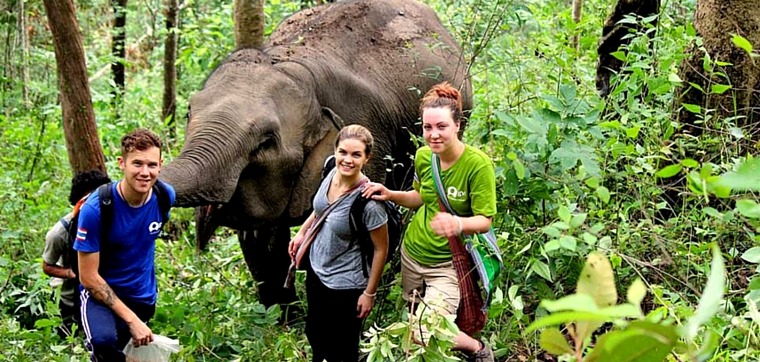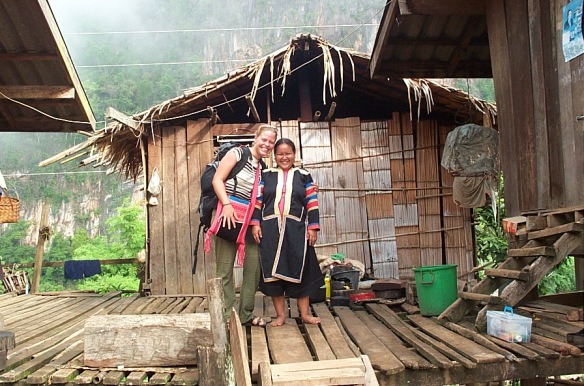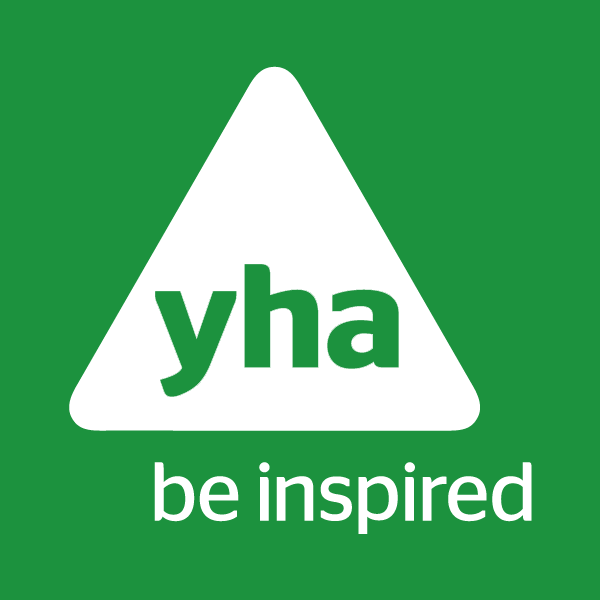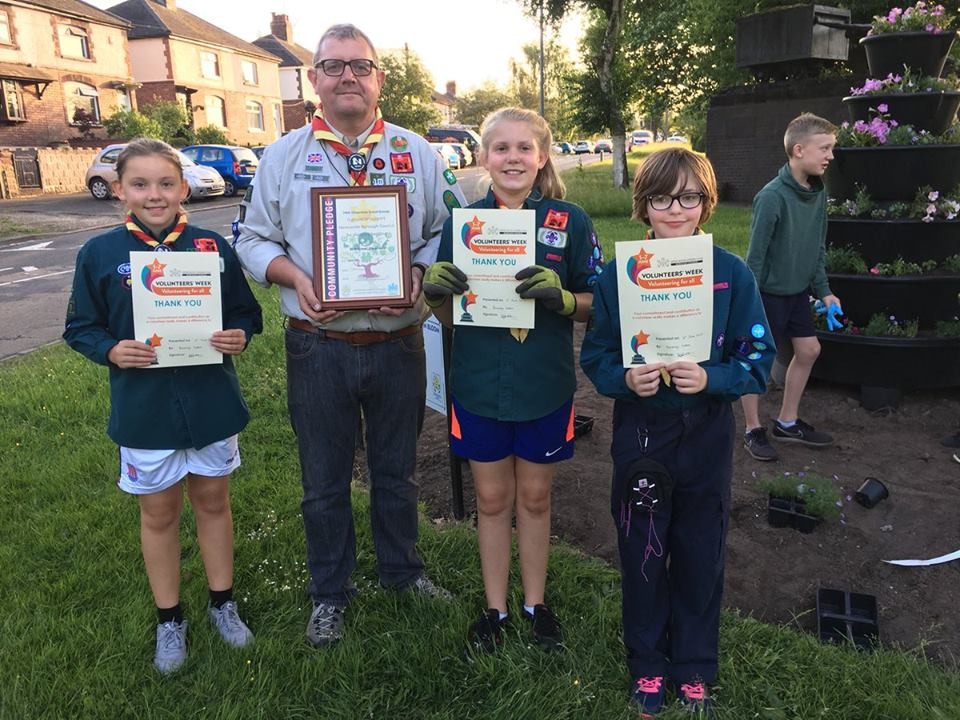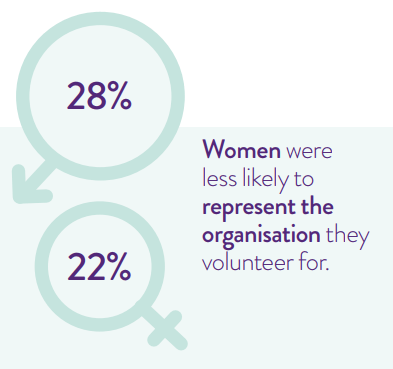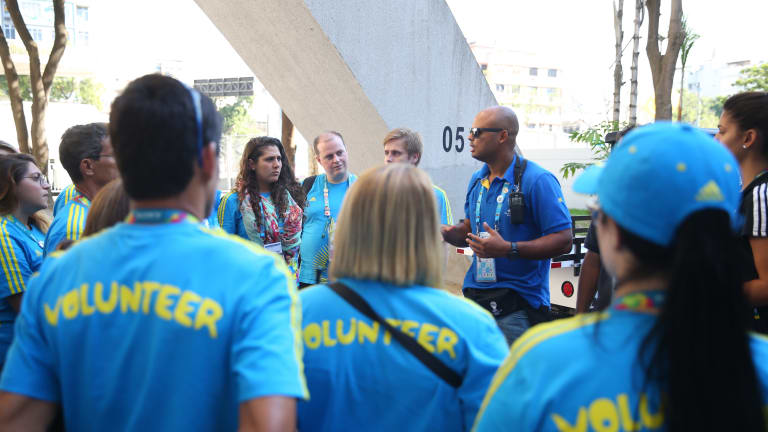Those who stand to benefit the most from volunteering are less likely to be involved.
Sir Stuart Etherington, chief executive of the NCVO
We previously looked into the demographics of volunteers and why women volunteer more than men. However, there are many factors affecting the ratio of volunteers to non-volunteers. This blog will look into the impact of socioeconomic status and ethnicity on an individual’s likelihood to volunteer. Addressing the question: Is Volunteering Too White and Wealthy?
I want to start this blog by saying I am white. Therefore, I can’t speak for the experiences of BAME volunteers but I can help draw attention to them. It has been said that standing by and letting discrimination happen is as bad as actively discriminating against people yourself.
The Facts and Figures
Socio-economic Analysis

The graph above shows us that people in deprived areas are volunteering, just not as much as those from the least deprived areas. Interestingly, the level of informal volunteering is much more similar across the levels of deprivation. Perhaps this suggests that those from lower socio-economic backgrounds do volunteer, they just prefer to give help directly, not through mediation by formal organisations. As a result, maybe we need to reach out to these types of people more and show them how useful online volunteer hubs can be to find new and exciting opportunities.
NCVO’s Time Well Spent report highlights that people from higher socio-economic groups were more likely to be recent volunteers than those from lower socio-economic groups (44% vs. 30%). 40% of those from lower socio-economic backgrounds say they have never volunteered in their lives. The instant thought here is that the people from working-class backgrounds must spend their time working to earn money and find they have no time to volunteer. Right?
Well think again; it’s actually people who are unemployed that have the lowest volunteering rates. 42% of people not working note they have never volunteered in their lives. The highest volunteering rates are found in those who have part-time jobs. 53% of those who worked less than 8 hours per week had recently volunteered, and 41% of part-timers who work 8 – 29 hours per week had volunteered recently at the time of the report.
A person’s socio-economic status also appears to affect what type of voluntary work they do. Those who would identify as working-class are less likely to be in leadership/organisational roles than those of higher or middle class. 23% vs. 15% for leadership roles. 42% vs. 33% for organisational roles.
Furthermore, the level of education a person possesses also appears to impact volunteering rates. The higher the education, the more likely a person is to volunteer.
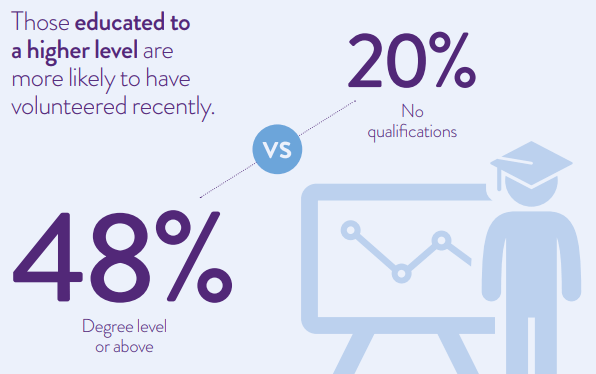
Not Enough Ethnic Diversity
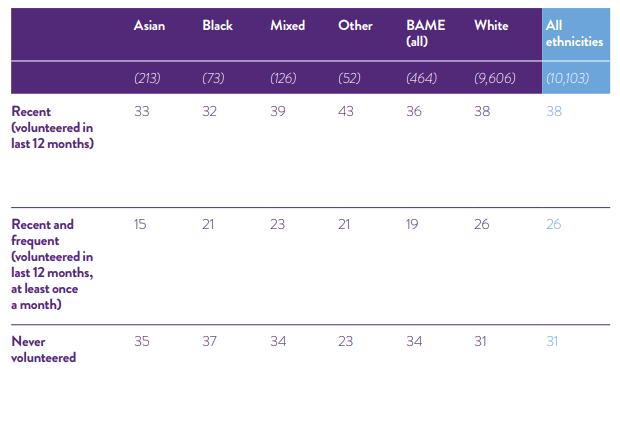
NCVO’s report appears to show that participation isn’t too affected by ethnicity. However, looking at the sample size, we can see that only 464 were from BAME backgrounds while 9,606 were white. As a result, it is heavily suggested that the likelihood of volunteering is affected by an individual’s race.
Unfortunately, BAME volunteers were more likely to report negative volunteering experiences, including feeling unappreciated and excluded. For example, they were less likely to feel they belonged in the organisation they volunteered for than white volunteers (77% vs 85%). Shockingly, research by CharityJob showed that 54% of BAME voluntary workers reported discrimination based on their ethnicity.
I’m Asian and Muslim. I have come across people while working who have shown outright dislike of me from the onset and other more subtle forms of discrimination.
Furthermore, people from BAME backgrounds were less likely to say they planned to volunteer in future (73% vs 81%).
How Can Volunteer Managers Fix This?
So is volunteering too white and wealthy? Well, it’s clear that something is creating this lack of diversity in volunteering numbers. But what can volunteer managers do about it? Perhaps the most fundamental thing would be to check that you offer a wide range of opportunities, suitable for a variety of people.
Let’s look at important factors to consider:
- Location – maybe there are people out there who would like to volunteer but don’t have any opportunities near enough to them and can’t afford to travel. Some sites even give people the opportunity to volunteer from home.
- Skills Needed/Accessibility – making opportunities that are accessible and require no specific skills are likely to attract a wider and more diverse range of volunteers.
- Flexibility – many people may not have the time to commit to regular opportunities. If you can communicate with potential volunteers and arrange a time and date that suits them, you may be more likely to increase the diversity of your volunteers.
It has also been suggested that the demographic gaps would close if more employers let staff take time off to do voluntary work, or organised company-wide volunteering schemes.
This Doesn’t Just Affect The Volunteers
It’s important to note that the lack of diversity isn’t just within the actual volunteers themselves, but also with the volunteer managers and organisation higher-ups.
Here are some quotes from BAME candidates going for volunteer management roles:
I have never seen a black female in senior management in a charity and I have been working in the sector for over ten years. As a result I feel unconscious bias which reduces my promotion opportunities.
Race discrimination may be subjective. However, it’s very real. In my personal experience, I believe that on several occasions I have been passed over for promotion to people with less experience, knowledge and competence for white colleagues.
Visible diversity within organisations matters to candidates:
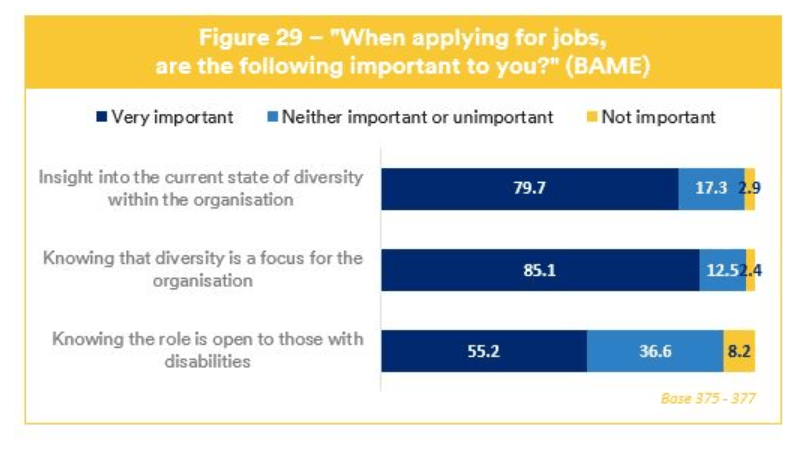
Overall, we can assume that by listening to your volunteers talk about their volunteering experiences, changes can be made. This could make your volunteering roles more attractive to a wider number of people, and increase diversity.
Britain’s volunteer community is clearly tilted towards people who are white and middle-class, it’s about time that changed to become more inclusive.
How Can TeamKinetic Help?
TeamKinetic’s volunteer management software can help you analyse the demographics of your volunteers, including their ethnicity. This can give you great insight into who your volunteering opportunities are attracting – or not attracting. Our software ensures volunteers and providers both give feedback about every opportunity completed. Therefore, any problems faced (such as discrimination) can be dealt with swiftly.
Want to read more content like this? Check out our blog on understanding volunteer demographics to fill empty roles.
For more information on volunteer management software, contact us.
You can find TeamKinetic on social media and listen to our podcast:
Twitter Facebook LinkedIn YouTube Instagram Podcast
Have you enjoyed using TeamKinetic? If you could leave us a review on Capterra, we’d really appreciate it! We’ll even send you a little thank you.

